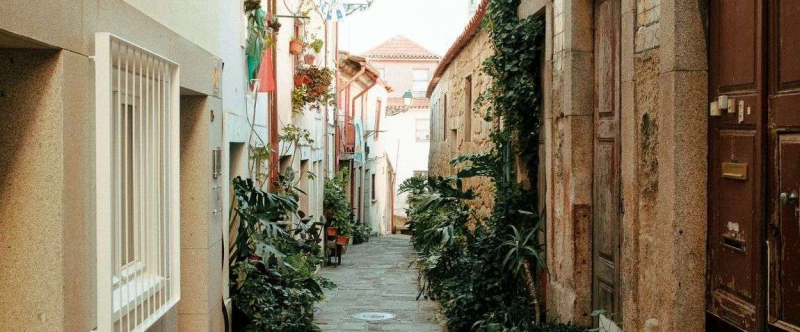Gao
Gao is the headquarters of the Gao Region and a city in Mali. The city situated on the left bank of the Niger, 320 kilometers (200 miles) east-southeast of Timbuktu, near the junction with the Tilemsi valley.
Gao was a major commercial center in the trans-Saharan commerce for much of its existence. External Arabic sources characterized Gao as a significant regional power in the 9th century, and the local monarch was supposed to be a Muslim by the end of the 10th century. Gao became a part of the Mali Empire around the end of the 13th century, but the town regained its independence in the first half of the 15th century, and with the victories of Sunni Ali (ruled 1464–1492), it became the Songhai Empire's capital. After the Moroccan invasion in 1591, the Empire disintegrated, and the conquerors chose Timbuktu as their capital. Gao had degenerated into a poor community with 300 matting-constructed homes by the time Heinrich Barth visited in 1854. The population of the urban commune was 86,633 in 2009.
The city of Gao, located entirely in the east of the country and in the heart of the Sahel, provides a different side of Mali than what you've seen thus far. Gao appears to be more of an Arab town than a Malian town. You can sleep on the roof terraces of the houses, bargain for Tuareg handicrafts in the market, and, most importantly, see the tomb of the emperors Askia, which is a wonderful legacy left to Gao.















